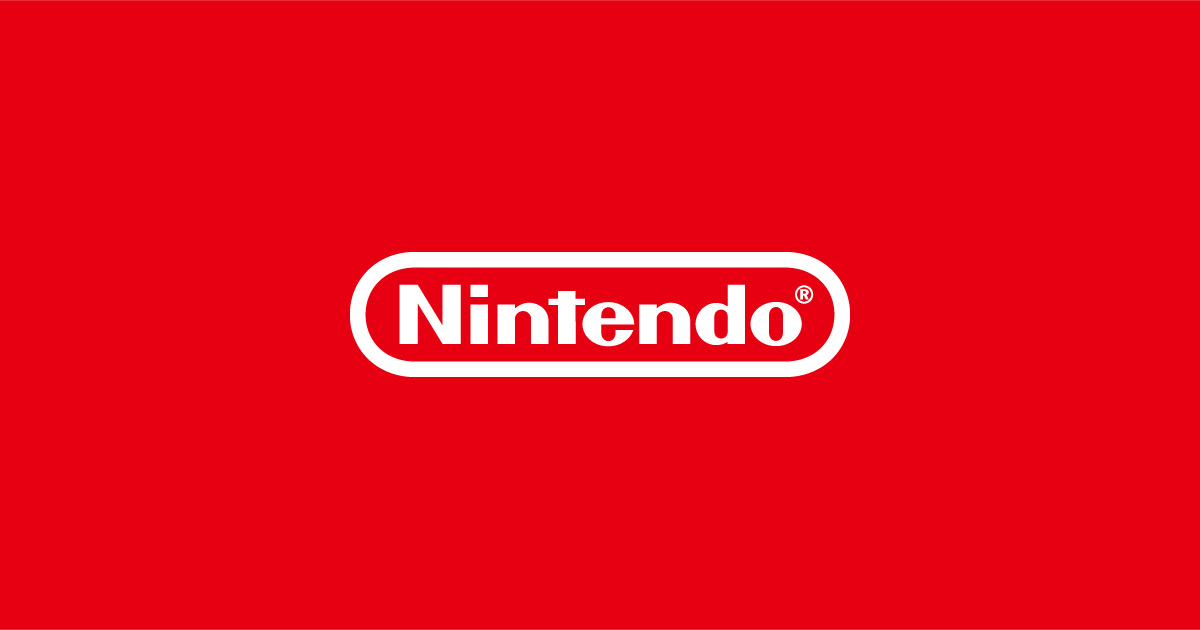Nintendo Switch 2 HDR Display Issues: Fixing Washed-Out Graphics with Proper HGiG Settings
The Nintendo Switch 2, released to significant fanfare as the next step in Nintendo’s hybrid console lineup, has impressed with improved performance and new features.
However, a number of users have reported washed-out graphics when using the Switch 2 in docked mode with HDR enabled, particularly on high-end OLED TVs such as those from LG.
This issue, according to technical experts and community feedback, can be traced to how the Switch 2 handles HDR calibration, and specifically to settings related to HGiG (HDR Gaming Interest Group). Understanding HGiG and Its Impact on Switch 2 HDR The HDR Gaming Interest Group (HGiG) is an industry consortium focused on standardizing how tone mapping is managed for HDR games.
Correct tone mapping is essential for HDR to display deep contrast and vibrant colors, allowing the intended artistic visuals of a game to be faithfully reproduced on various hardware. A recent analysis from respected YouTuber HDTVTest highlights how the Switch 2's HDR settings interact with HGiG capability, especially on OLED TV models.
When a user calibrates HDR on the Switch 2 in docked mode, a test pattern featuring two suns appears on-screen.
The console’s guidance is to adjust HDR brightness until the right-hand sun disappears, which should deliver optimal HDR output. However, on TV sets that do not support or do not have HGiG enabled, the calibration can behave incorrectly.
According to HDTVTest, with HGiG disabled or unavailable, users may inadvertently set HDR brightness levels far above recommended values.
The result is a loss of detail and a washed-out picture, as the TV’s tone mapping and the console’s HDR output work against each other rather than in tandem. Granular Switch 2 HDR Settings Compared to Competitors Another notable point raised in HDTVTest’s findings is the highly granular nature of Nintendo Switch 2’s HDR brightness adjustments.
Unlike platforms such as Xbox and PlayStation, which feature fewer, more distinct steps in their HDR configuration screens, the Switch 2 requires users to make numerous fine adjustments that produce minimal visible difference.
This increased complexity can make proper calibration more challenging for users, especially when it comes to matching the settings to their TV’s specific capabilities. Paper White Defaults and HDR Performance One additional complication noted is the Switch 2’s default paper white setting, which is tied into the HDR settings in an atypical fashion.
HDTVTest reports that these defaults do not always match industry standards out of the box, leading to suboptimal image quality until the settings are manually tuned.
This highlights the importance of correctly calibrating both the HDR and white point on the Nintendo Switch 2. How to Fix Washed-Out HDR on Switch 2 For players experiencing muted visuals on their Nintendo Switch 2 while docked, enabling HGiG mode on their OLED TV (if supported) and closely following the console’s HDR calibration instructions can improve picture quality.
If your TV does not support HGiG, adjustments should be made conservatively to avoid excessively bright or washed-out graphics. As Nintendo continues to optimize system performance and user experience for Switch 2, feedback from the gaming community and technical experts will remain invaluable.
Accurate HDR calibration ensures the vibrant, immersive graphics intended by developers are faithfully represented on modern displays, maintaining Nintendo’s commitment to quality gaming on every screen.
However, a number of users have reported washed-out graphics when using the Switch 2 in docked mode with HDR enabled, particularly on high-end OLED TVs such as those from LG.
This issue, according to technical experts and community feedback, can be traced to how the Switch 2 handles HDR calibration, and specifically to settings related to HGiG (HDR Gaming Interest Group). Understanding HGiG and Its Impact on Switch 2 HDR The HDR Gaming Interest Group (HGiG) is an industry consortium focused on standardizing how tone mapping is managed for HDR games.
Correct tone mapping is essential for HDR to display deep contrast and vibrant colors, allowing the intended artistic visuals of a game to be faithfully reproduced on various hardware. A recent analysis from respected YouTuber HDTVTest highlights how the Switch 2's HDR settings interact with HGiG capability, especially on OLED TV models.
When a user calibrates HDR on the Switch 2 in docked mode, a test pattern featuring two suns appears on-screen.
The console’s guidance is to adjust HDR brightness until the right-hand sun disappears, which should deliver optimal HDR output. However, on TV sets that do not support or do not have HGiG enabled, the calibration can behave incorrectly.
According to HDTVTest, with HGiG disabled or unavailable, users may inadvertently set HDR brightness levels far above recommended values.
The result is a loss of detail and a washed-out picture, as the TV’s tone mapping and the console’s HDR output work against each other rather than in tandem. Granular Switch 2 HDR Settings Compared to Competitors Another notable point raised in HDTVTest’s findings is the highly granular nature of Nintendo Switch 2’s HDR brightness adjustments.
Unlike platforms such as Xbox and PlayStation, which feature fewer, more distinct steps in their HDR configuration screens, the Switch 2 requires users to make numerous fine adjustments that produce minimal visible difference.
This increased complexity can make proper calibration more challenging for users, especially when it comes to matching the settings to their TV’s specific capabilities. Paper White Defaults and HDR Performance One additional complication noted is the Switch 2’s default paper white setting, which is tied into the HDR settings in an atypical fashion.
HDTVTest reports that these defaults do not always match industry standards out of the box, leading to suboptimal image quality until the settings are manually tuned.
This highlights the importance of correctly calibrating both the HDR and white point on the Nintendo Switch 2. How to Fix Washed-Out HDR on Switch 2 For players experiencing muted visuals on their Nintendo Switch 2 while docked, enabling HGiG mode on their OLED TV (if supported) and closely following the console’s HDR calibration instructions can improve picture quality.
If your TV does not support HGiG, adjustments should be made conservatively to avoid excessively bright or washed-out graphics. As Nintendo continues to optimize system performance and user experience for Switch 2, feedback from the gaming community and technical experts will remain invaluable.
Accurate HDR calibration ensures the vibrant, immersive graphics intended by developers are faithfully represented on modern displays, maintaining Nintendo’s commitment to quality gaming on every screen.





